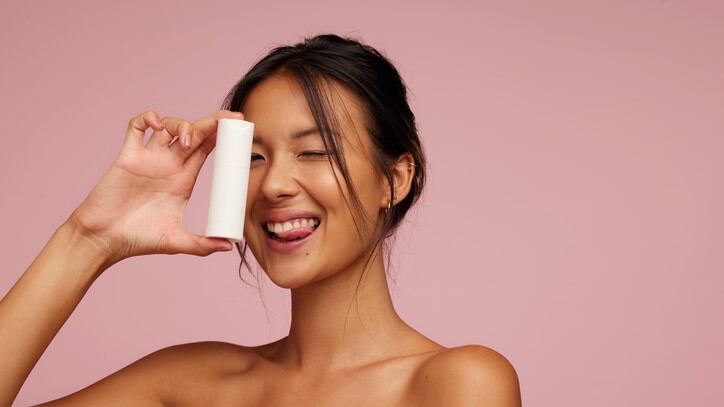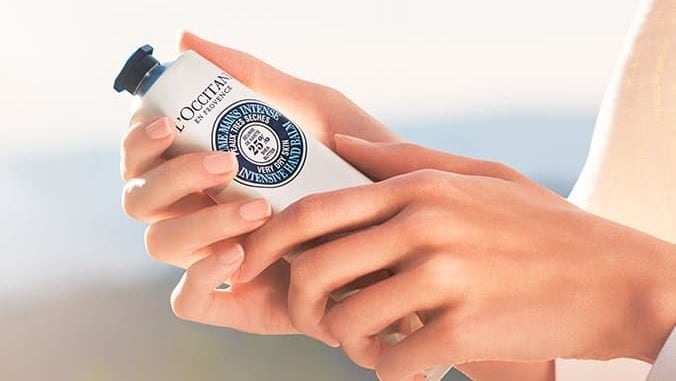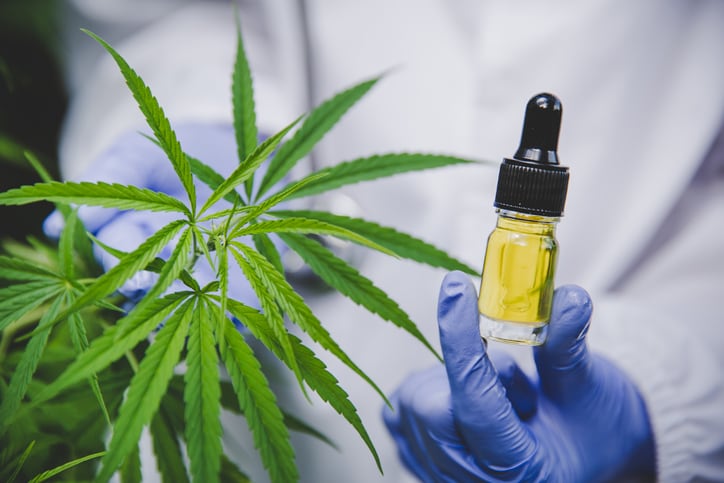Between 2021-2025, China alone was set to contribute almost 70% of Asia-Pacific’s growth in beauty and personal care, according to Euromonitor International. And it would continue to be the “world’s growth engine” in this recovering category, the market research firm said.
So, could the beauty world learn from China? Gabriella Beckwith, consultant at Euromonitor International, said it was certainly a country to look closely at.
The digital activation and e-commerce beauty boom in China
“China’s beauty and personal care market has quickly rebounded into positive territory thanks to China’s successful control of the pandemic, and also heavily supported by digital activation of brands and the outperformance of the e-commerce channel,” Beckwith told CosmeticsDesign-Europe.
“The agile digital strategies of leading players enabled them to quickly turn to online marketplace when offline was facing a slump,” she said.
Beauty brands in China, Beckwith said, managed to engage with consumers using various “innovative marketing tactics” and “aggressive promotion” – strategies that had been “exemplified by livestreaming”.
However, she said learnings from the regional success didn’t necessarily need to come from Chinese or APAC specific beauty and personal care companies.
“For example, L’Oréal Groupe, the largest player in China’s beauty and personal care market, recorded double-digit growth despite the COVID-19 impact,” she said. “Its quick pick-up in business in China was due to the early restoration of operational capabilities and the rapid adjustment of activation plans in favour of online activities.”
Leading APAC player Shiseido had also maintained “healthy growing momentum” in China through accelerated online strategies, largely fuelled by successful outreach during important shopping festivals, Beckwith said, including 6.18, held on June 18th every year, and Super Brand Day held across major online platforms.
Beckwith said many beauty and personal care companies worldwide had already started investing in online. According to Euromonitor International survey findings, 51% of companies would be implementing digital strategies to embrace the new ‘phygital’ reality in a post-pandemic world. This included a raft of strategies, she said, from contactless experiences through to augmented and virtual reality technologies integrated into physical retail.
Eyes on China and the C-beauty rise spotlighted in 2020
China had long been a reference point for rising potential in the digital beauty world, with Beckwith referencing China and C-beauty as a particular trend hotspot to watch back in February 2020.
Speaking to CosmeticsDesign-Europe at the time, she said the China beauty market was surrounded by interest in its “historical roots” and “ancient beauty rituals and skin treatments” like jade-rollers and traditional Chinese medicine (TCM). And many of the C-beauty players, she said, were successfully engaged with consumers online, via digital platforms like WeChat, Weibo and Little Red Book.
Alice Li, senior beauty and personal care analyst at Mintel, agreed at the time that Chinese beauty brands were in a “fast-growing phase” with a “unique competitiveness” given so many were born online.
Also highlighting C-beauty brands as important to watch back in 2020, she said they held great appeal amongst younger beauty consumers in particular.
“The influence of a younger generation of beauty consumers – mainly 18-24-year olds – is quickly growing in China. They are digital natives, heavy users of social media, have a fast purchase cycle, low brand loyalty, not very high spending power, and unbiased attitudes towards local brands, making them the perfect audience for C-beauty,” she said.




